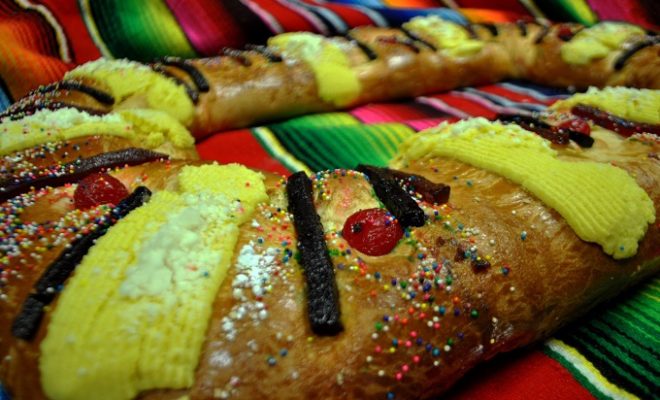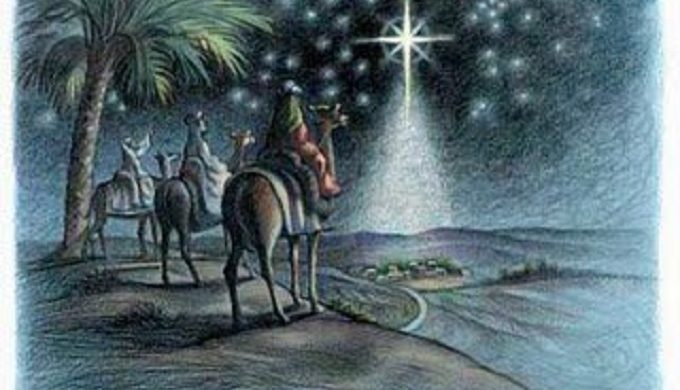January 6 marks a symbolic celebration among the Mexican culture and various areas around the globe as they celebrate Día de Los Reyes also known as the Epiphany or Three Kings’ Day.
The holiday closes out the Christmas celebrations and represents the day the Three Wise Men or the Magi brought gifts to the baby Jesus after following what is known as the Christmas star to the town of Bethlehem, as told in the Gospel of Matthew.
Photo: Facebook/Dia de los Reyes/Three Kings Day
According to Wikipedia, “The Epiphany of the Lord is celebrated on January 6, unless, where it is not observed as a holy day of obligation, it has been assigned to the Sunday occurring between 2 and 8 January.”
“In Spanish tradition on January 6, three of the Kings: Melchior, Gaspar, and Balthazar, representing Arabia, the Orient, and Africa, arrived on horse, camel, and elephant, bringing respectively gold, frankincense and myrrh to the baby Jesus,” states Wikipedia. It is considered part of the Christmas traditional celebrations which begins Christmas Eve up to and including the Sunday after Epiphany and is celebrated in churches worldwide.
Although a religious observance and not a public holiday, the streets in Mexico and around the world can be difficult to navigate due to the festivals, parades, and celebrations going on.
Photo: Facebook/El Bolillo Bakery
In honor of the Three Kings bringing gifts to the baby Jesus, children in Latin America, Spain, and around the world celebrate by exchanging gifts.
As tradition has it, children leave out their shoes on the night of January 5th for the Three Kings. “In Spain, before children go to bed, they leave a dish filled with biscuits and a few glasses of water for the three wise men and the camels they ride on,” states Wikipedia. The next morning they awake to find gifts and toys left for them from the Three Kings.
Another tradition during Día de Los Reyes is to bake or purchase and serve Rosca de Reyes, or King’s Cake. The Rosca is shaped like a wreath and decorated with candied fruit, cherries and the most important part, baked with a small baby Jesus doll inside. “The baby Jesus hidden in the bread represents the flight of the Holy Family, fleeing from King Herod’s Massacre of the Innocents,” states Wikipedia.
It is said that whoever gets the piece of the Rosca with the doll has to have a celebration on Día de la Candelaria in February. In the Mexican culture, the host will serve tamales, and a Mexican hot chocolate called champurrado.
Photo: Facebook/Disneyland
Celebrations and traditions vary across the globe but they all symbolize the remembrance of the meaning of Día de Los Reyes.
In Spain, for instance, “they arrange colorful parades representing the arrival of the Reyes Magos to town so children can see them in their camels or carriages before they go to bed” states Wikipedia. In some major cities, streets are full of outdoor festivities, food and you can even find Rosca’s laid out on tables that stretch for miles to feed the thousands during the celebration.
Even Disneyland joins in on the fun. “At the Disney Festival of Holidays, we’ll mark this festive occasion with enchanting Latin American traditions the whole family will enjoy,” states their website.
Why not try your own recipe for Rosca de Reyes with the family and enjoy the final moments of the Christmas season before putting away your tree and all the decorations as you reminisce on another beautiful season come and gone!
References:
wikipedia.com
disneyland.disney.go.com






